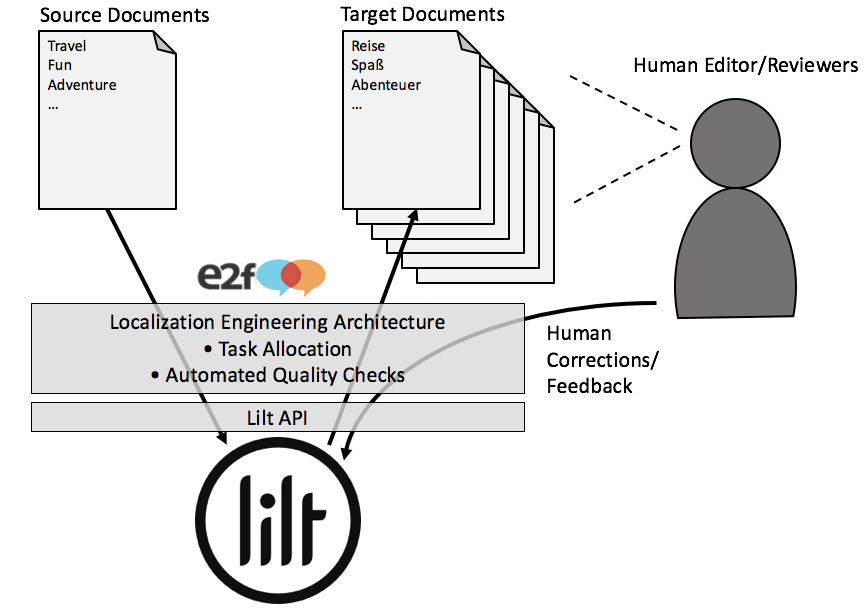Building a Global Brand Through Localization

Developing a brand is a long process, one that often takes years to craft. Even then, it’s never perfected - it’s something that companies are constantly trying to improve as goals shift and business objectives change.
In a world that’s becoming more globalized and more connected as each year passes, brand is extremely valuable. And with the increased connectivity, it’s more important than ever for companies to localize content so all prospective users and customers can understand the brand vision.
Here are four key things to remember when building a global brand with localization in mind.
Establish a Process
Processes and workflows are two things that can be difficult to change after years of implementation. One common issue that companies fall prey to early on is not setting up a proper foundation for localization. In our recent Q&A with our Head of Revenue (AMEA) Roberto Sastre, he noted that putting localization in the background is an issue.
“Often, it’s because there’s a focus on the product, and they usually just need a quick translation that needs to be done,” he said. “When that’s the case, they don’t always think ahead to future expansion, so localization usually takes a back seat. Later on, though, the process isn’t in place so it becomes harder to follow the right steps consistently.”
For larger companies with well-rooted processes, it’s common to see a workflow that isn’t as fast, cost-efficient, or high-quality enough. While it requires a new mindset to move to something new, Roberto says he sees a lot of companies with long histories of experience in localization making the change and rebuilding processes.
Local Voices in a Global Market
While it’s easy to think that it’s possible to get your website up and running in another country, it’s not. There is a big difference between localizing content and simply translating it with Google Translate - the quality varies, the tone is lost, and the subtle nuances of intent and meaning can change dramatically.
Depending on where you’re expanding or establishing your brand, your consumers will likely have different wants and needs, and the cultures are often drastically different. Marketing copy, for instance, has a range of use cases and often needs to be tweaked to connect with the right people.
Investing in localization is a good reminder that your brand should keep the local voices in mind when trying to connect globally. After all, two-thirds of buyers will choose to purchase a product with information in their preferred language, a number that increases to 85% when considering non-English speakers.
Maintain Consistency
No matter where they’re based, customers all over the world should know what to expect when they come across your brand. And it’s not just what to expect - it’s about the experience as well. Users want to experience the same level of care and intent, no matter where they are, so it’s important to build and maintain consistency across a brand.
When the team at Cricut was growing into European marketss, for example, they knew one of the big challenges was consistency. “To see success in [European stores], we have to localize packaging, and the product experience needs to be localized as well,” said JP Teerlink, a Product Manager at Cricut. “Ultimately, our goal is to provide the same level of experience internationally that we’re providing to our US-based customers. Localization is a huge part of that goal.”
To help establish that consistent brand look and feel, glossaries and style guides are two helpful assets that can help keep internal teams, localization teams, and translators on the same page. Keeping that information up to date and organized can be a huge benefit in the long run.
Your Brand is Alive and Breathing
Ultimately, a brand is constantly evolving and always changing, much like language and culture. The services and technology you use to localize and translate content should be evolving and learning with your brand.
A big part of that is staying in tune with your customers and keeping content up to date to help the user experience stay consistent. For example, if you use a translation management system (TMS) that can connect with your internal content management system (CMS), you won’t have to worry about keeping content up to date and translated in all of your required languages - it’s automated.
Though it is a long and winding journey, your brand can be maintained with the right focus and the right translation services and technology behind it. Using a network of translators and a tool that can help to keep your voice consistent is powerful, and something that can change the way companies think about building their global brands.



